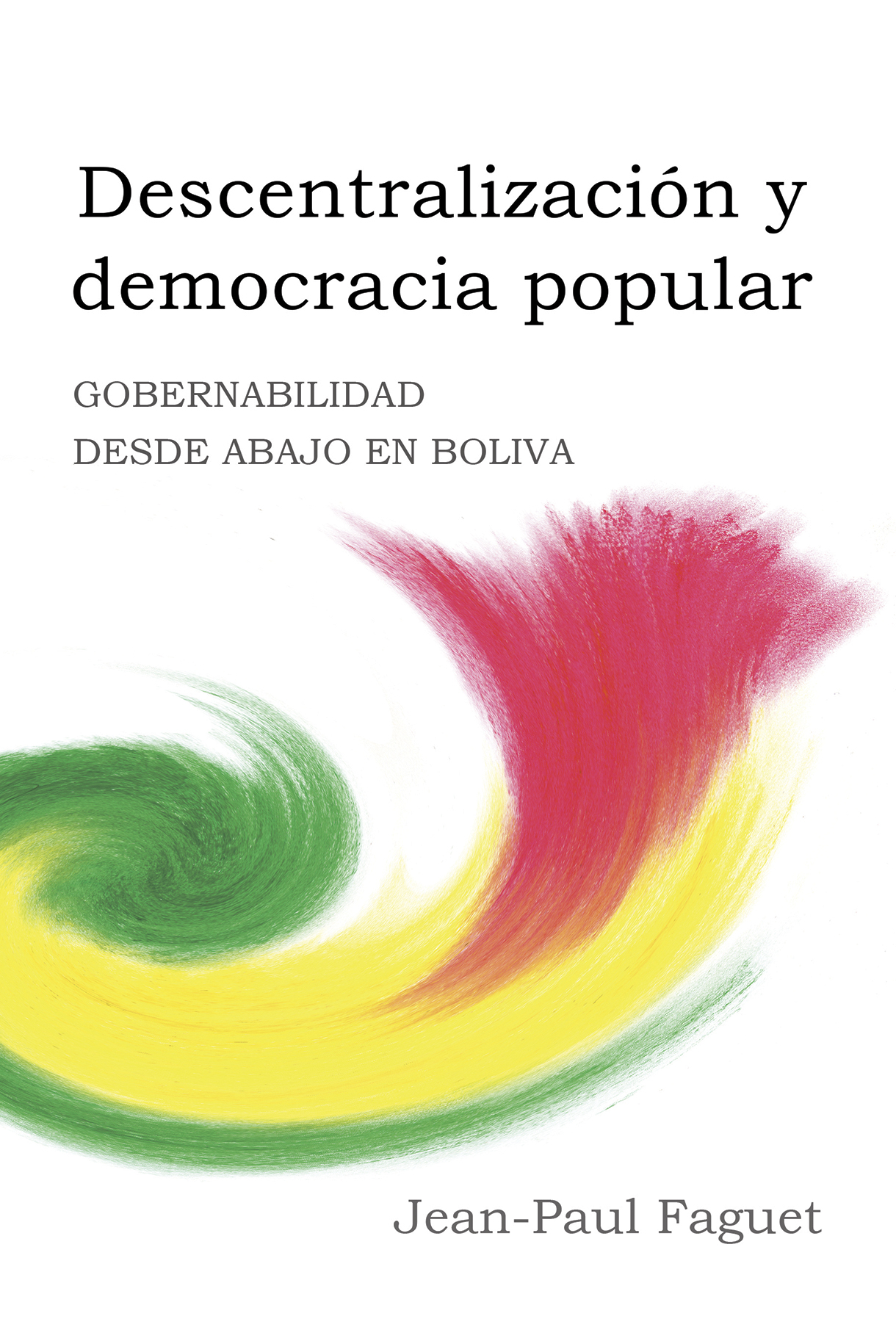In a post for From Poverty to Power, Oxfam inequality number cruncher Deborah Hardoon reviews The Economics of Poverty by Martin Ravallion. 
It’s hard to think of a better placed individual than Martin Ravallion to have written this book. Not only has he spent over 30 years working on poverty, including 24 years at the World Bank, but in 1990 it was Martin Ravallion who, during dinner with his wife had an ‘epiphany moment’ when he realised that the poverty line of many developing countries of $370/year, was roughly equal to $1/day. Twenty five years later, the World Bank goals, UN MDGs and SDGs and pretty much everyone else in the international development sector still uses this benchmark (albeit inflated to $1.90 in 2011 prices) as the definitive measure for extreme poverty – if we can get everyone over this benchmark level of consumption we can end poverty – right?.
Clearly it’s not that simple and as the 600 pages of this book detail, there is much more to understand with respect to poverty, beyond a simplistic income level that poor people must jump over in order to ‘escape’.
Rather, this book opens with a fascinating (and very readable) history of what ’poverty’ has meant, since the idea was first conceived. It describes how much of the early discourse on poverty was justifying the ‘natural order’ of the haves and the have nots and the need to keep people poor to incentivise hard work. Any efforts to reduce poverty in those early days was mostly motivated by protection of the interests of rich people (preventing outbreaks of disease, crime, riots etc), rather than the betterment of the welfare of those living in poverty. The ethical, moral and social justice perspectives which emerged later, as well as the recognition that fighting poverty is completely consistent with a robust and growing economy, were evidently lacking in the class who had the power to influence the prevailing discourse of the time.
 The second part is all about measurement – my favourite section – I am a total data nerd. Whilst the first chapter in this section outlines a range of approaches, including the use of qualitative methods, the second chapter focuses almost entirely on the application of income measures; nothing here on rights or freedoms for example or even wealth poverty (frustratingly, as I am looking for more insights on the relationship between income and wealth poverty in my own work). The chapter on mashup indices (indices which measure a bunch of different deprivations and other metrics and bundle them together) was pretty scathing ‘a mashup index … may even distort policy making by encouraging policy makers to focus on readily observed proxies rather than the deeper characteristics of the economy and society that ultimately matter to development outcomes’ (pg 289). This preceded the chapter on evaluations, which stopped short of discussing what we should actually be measuring in these evaluations.
The second part is all about measurement – my favourite section – I am a total data nerd. Whilst the first chapter in this section outlines a range of approaches, including the use of qualitative methods, the second chapter focuses almost entirely on the application of income measures; nothing here on rights or freedoms for example or even wealth poverty (frustratingly, as I am looking for more insights on the relationship between income and wealth poverty in my own work). The chapter on mashup indices (indices which measure a bunch of different deprivations and other metrics and bundle them together) was pretty scathing ‘a mashup index … may even distort policy making by encouraging policy makers to focus on readily observed proxies rather than the deeper characteristics of the economy and society that ultimately matter to development outcomes’ (pg 289). This preceded the chapter on evaluations, which stopped short of discussing what we should actually be measuring in these evaluations.
And so to part three – poverty and policy. The section starts by unpacking what the poverty data can tell us, looking at income measures both absolute and relative, but also some non-income dimensions such as health and education. Sticking to the classic economist’s approach – there are no subjective measures included here, nor any relating to rights or freedoms. So on to policies and from gender based violence to factor distributions, urbanisation and schooling, minimum wages, aid and cash transfers etc etc, this is a great policy compendium for poverty reduction (though no mention of the Millennium Villages project, which I think is a powerful example of testing poverty reducing theories in practice).
There is loads in this book. From mathematical formulas to stories of policy interventions, it’s a hugely valuable and fascinating source of knowledge on the economics of poverty. With the narrative, the measurement and the policy and practice so interlinked and so much covered, at points the book feels a bit jumpy and imbalanced, for example a large chunk of the measurement section devoted to household surveys, yet without giving enough emphasis on the challenges of disaggregating this data by gender, but which is then highlighted in part 3 (pg372). Jumpiness aside, as a textbook for undergraduate economists, I find it logical, coherent and important. I liked the boxes interspersed in the text making the connection with basic economic concepts. The book introduces a smattering of charts and tables, which draw on lots of different data sources, from google ngram data (page 38) to US Obesity rates (pg361), but given that measurement and data is so central to the book, it was a shame that these datasets are not available to be downloaded for exploration by the students/researchers using this book. The accompanying website would be a perfect repository for this.
Currently I spend most of my time as a researcher at Oxfam working on inequality, and it is reassuring to see in the very first chapter (page 12) that GDP is recognised as a measure of income, but one which tells us nothing about the distribution – on which both inequality and poverty depend. The distribution of income in both absolute and relative terms is central to this whole book – he is after all the President of the Society for the Study of Inequality. In the conclusion, the greatest threat to the optimistic path of poverty reduction is inequality, both vertical (income) and horizontal (between groups), making it particularly pertinent for my work.
But as a researcher for a rights-based NGO (and despite having trained as an economist), the language of economics in the context of poverty also makes me wince. Indeed in the history section, Ravallion states ‘for many economists the more contentious step (and it is still contentious) was attaching intrinsic value to rights or freedoms’ (pg 82). In the measurement section ‘while they generally think that people are the best judges of their own welfare, economists resist asking people directly how they feel’ (pg181). This is an important book about poverty from an economics perspective from a man who knows and has done a heck of a lot – but I would have liked the book to have been bolder and more propositional with respect to how the study of the economics of poverty can be improved in future, looking at alternative measures of progress beyond GDP and income, rethinking growth and development in the context of planetary boundaries (there is just one bullet point on page 118 which references climate change) and addressing voice, rights and participation – and power. From an inequality perspective, there was also little discussion on the very top of the distribution, from a measurement and policy perspective. But that’s the future and maybe that’s for Ravallion’s next book. Hope so.
in the context of poverty also makes me wince. Indeed in the history section, Ravallion states ‘for many economists the more contentious step (and it is still contentious) was attaching intrinsic value to rights or freedoms’ (pg 82). In the measurement section ‘while they generally think that people are the best judges of their own welfare, economists resist asking people directly how they feel’ (pg181). This is an important book about poverty from an economics perspective from a man who knows and has done a heck of a lot – but I would have liked the book to have been bolder and more propositional with respect to how the study of the economics of poverty can be improved in future, looking at alternative measures of progress beyond GDP and income, rethinking growth and development in the context of planetary boundaries (there is just one bullet point on page 118 which references climate change) and addressing voice, rights and participation – and power. From an inequality perspective, there was also little discussion on the very top of the distribution, from a measurement and policy perspective. But that’s the future and maybe that’s for Ravallion’s next book. Hope so.






I believe this is among the such a lot vital info for me.
And i’m happy reading your article. But want to statement on few common things, The web site style is wonderful, the articles is truly great : D.
Good task, cheers
Everyone loves what you guys are usually up too.
This kind of clever work and exposure! Keep up the terrific
works guys I’ve added you guys to our blogroll.